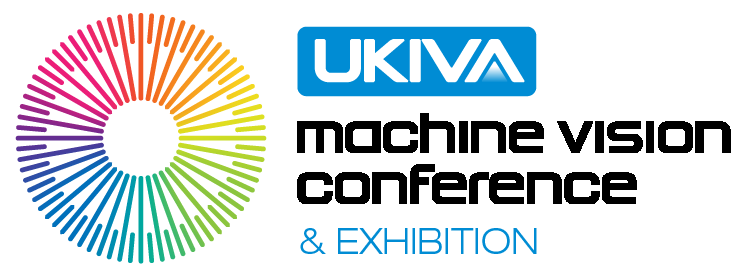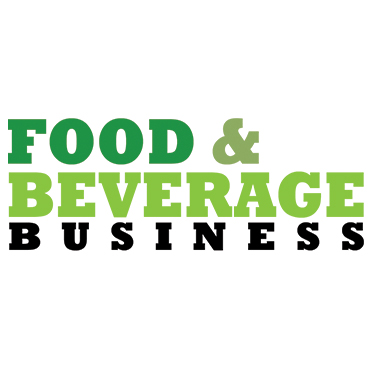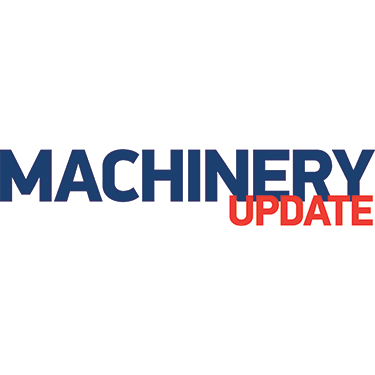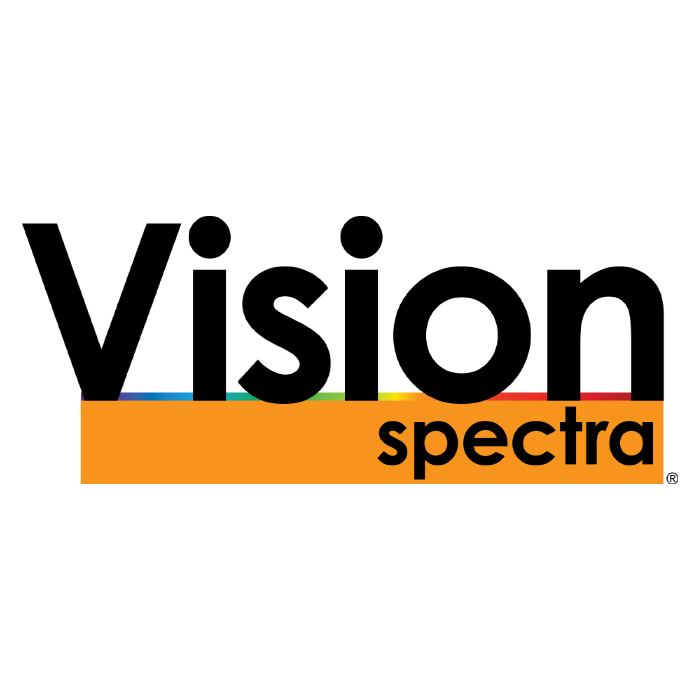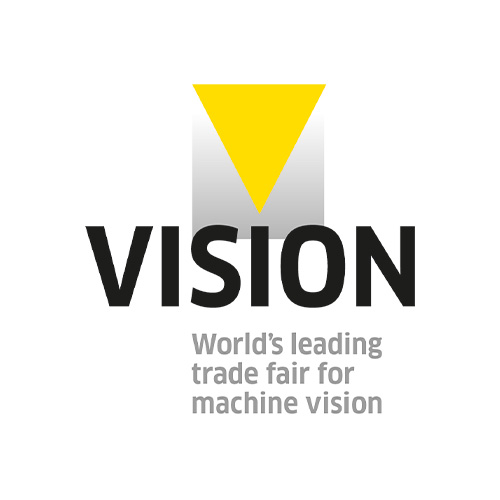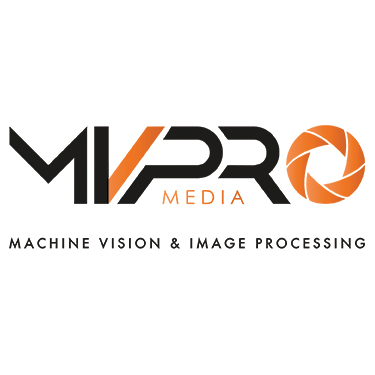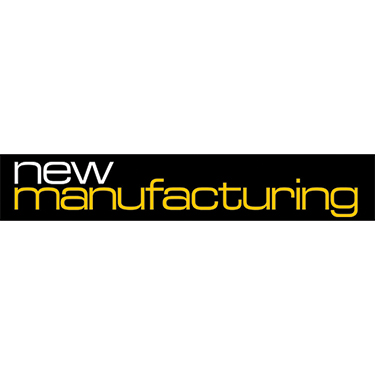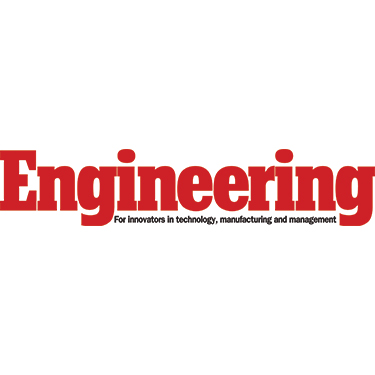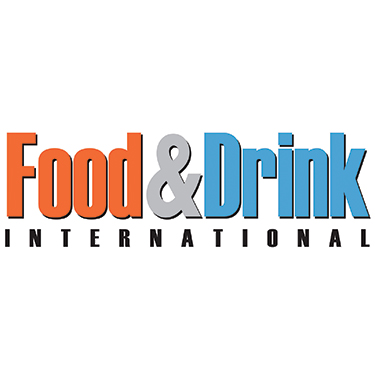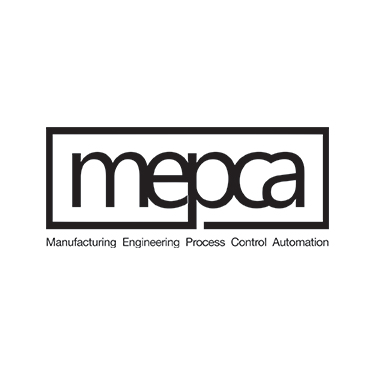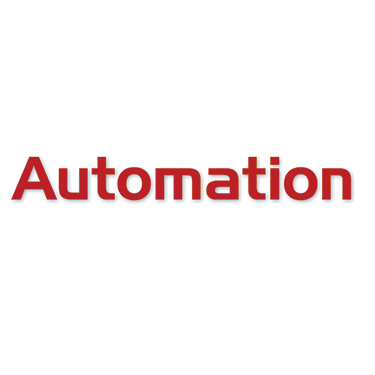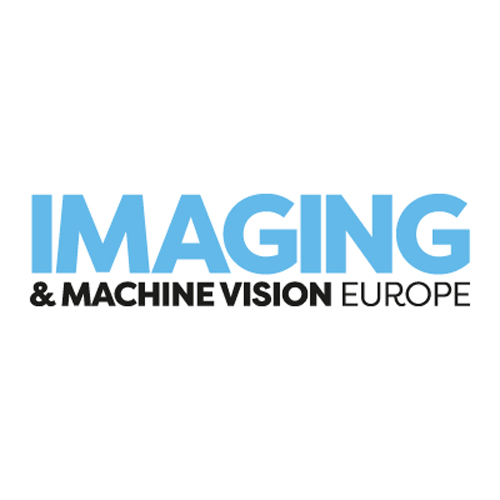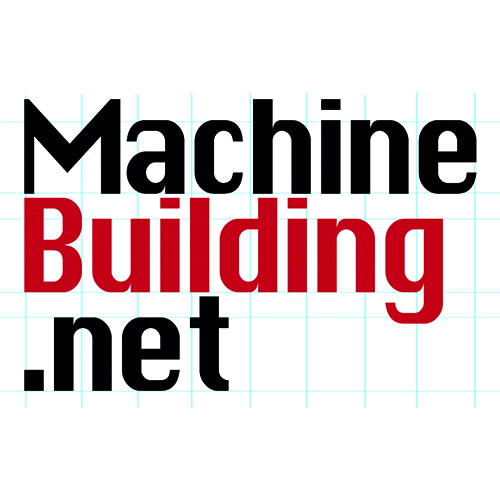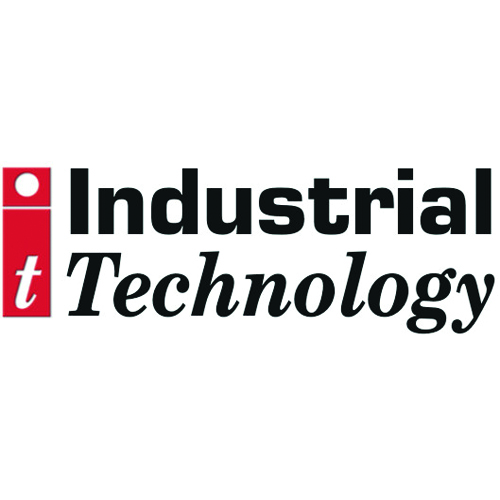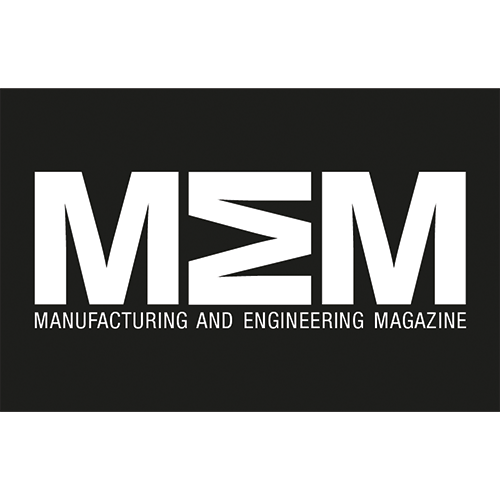The packaging revolution
Whilst there are many applications for vision in the pharmaceutical industry throughout the manufacturing process, more recently there has been a lot of developments with regard to packaging inspection. Packs are no longer merely transport or storage boxes. They are dispensers, information sources, functional extensions of the product and even lifestyle accessories. For optical inspection systems, the resulting requirements are for more pack-specific data and a growing need for high-density code verification and imagebased quality inspection on high-speed lines.

The packaging challenge
Mis-labelled products not only present a tangible threat to public safety but have major implications with respect to damage to the pharmaceutical company’s brand and reputation. Since considerable costs can be associated with recall notification, product retrieval and liability, the overall effect on the finances and credibility of a business during and post recall can be significant. For example, cartons inadvertently packed with the incorrect patient information leaflet can result in a product recall. Integrating a vision system into a packaging line goes a long way to eliminating such errors. There are also many logistics and quality control strategies, such as the EU’s Falsified Medicines Directive – the FMD (2011/62/EU) – or the Good Manufacturing Practice (GMP) Annex 1- 121. GMP Annex 1-121 requires a check on the plug position on vials. Pharmaceuticals manufacturers have only until this year to comply with the FMD by printing serialised 2D codes on each pack.
Serialisation
These serialised 2D codes will provide traceability from the point of sale back to manufacture. This will allow product authenticity to be checked at any point in the supply chain to reduce counterfeiting of pharmaceutical products. Serialisation requires that the packs are labelled, the labels verified by machine vision and all data passed upstream to the appropriate place, and all at production line speeds. A number of companies have implemented solutions for the inspection of serialised codes. In the past, inline inspection was a compromise between speed, precision, functionality, ease-of-use and cost. That is changing. New, fast pattern-matching capabilities mean image processing speeds are increased and errors reduced. New algorithms address the effects of machine vibration and changing light conditions. They allow fast processing of multicamera and high-resolution inspections and simplify finding optimal image processing parameters. Interestingly, the tobacco industry has also begun to introduce serialised 2D verification for its so-called ‘dot codes’. Although the verification of alphanumeric codes – such as date and lot codes – remains standard, many printed promotions have started to use 2D codes.
